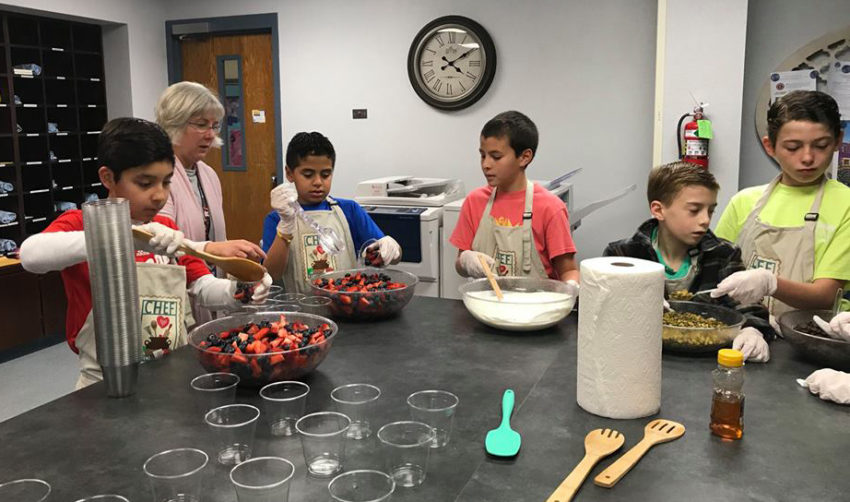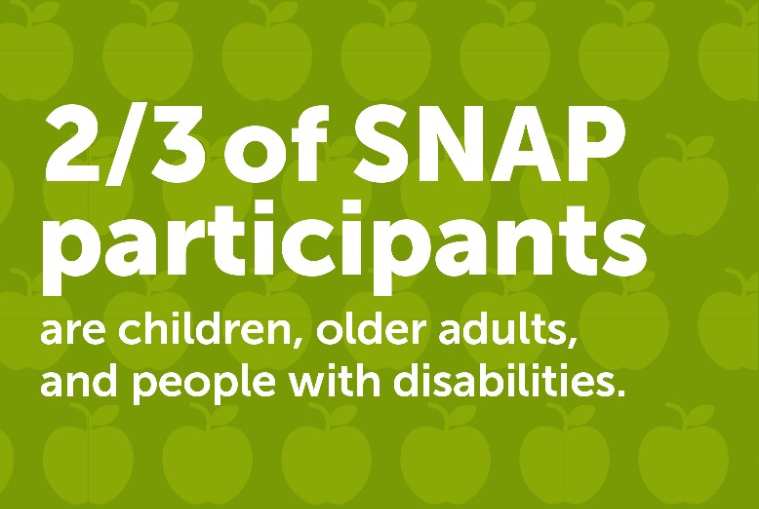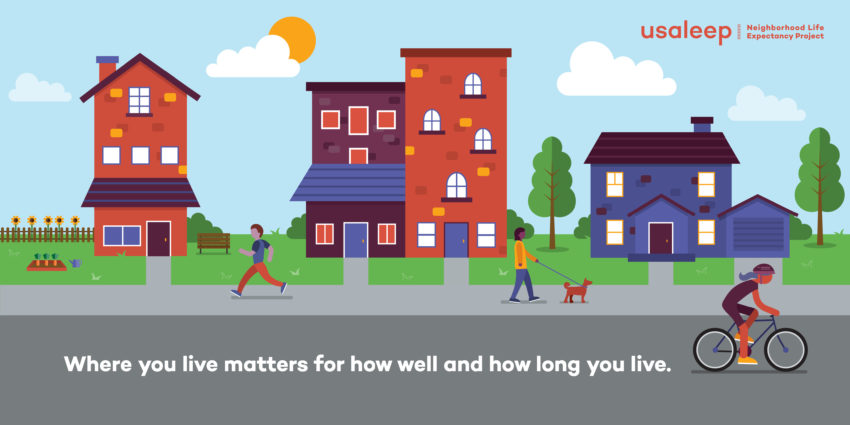SNAP Stories: Program Improves Life for Latinos and Others

Under the revised House Farm Bill, 1 in 11 households who receive SNAP benefits would no longer be eligible for the program. SNAP not only lifts millions of people out of poverty, it also helps them stay out and improves the economy. And there are real stories behind these facts. The State of Obesity's "SNAP Stories" website showcases people and families who benefit from SNAP. Who Benefits from SNAP? The State of Obesity report features SNAP Stories of people and families who benefit from SNAP. SNAP Stories is a collection of stories about the benefits SNAP provides for individuals and families all across America. Stories were produced by StoryCorps and Upworthy with funding from the Robert Wood Johnson Foundation. SNAP recipients are the subject of many stigmas and ...
Read More







